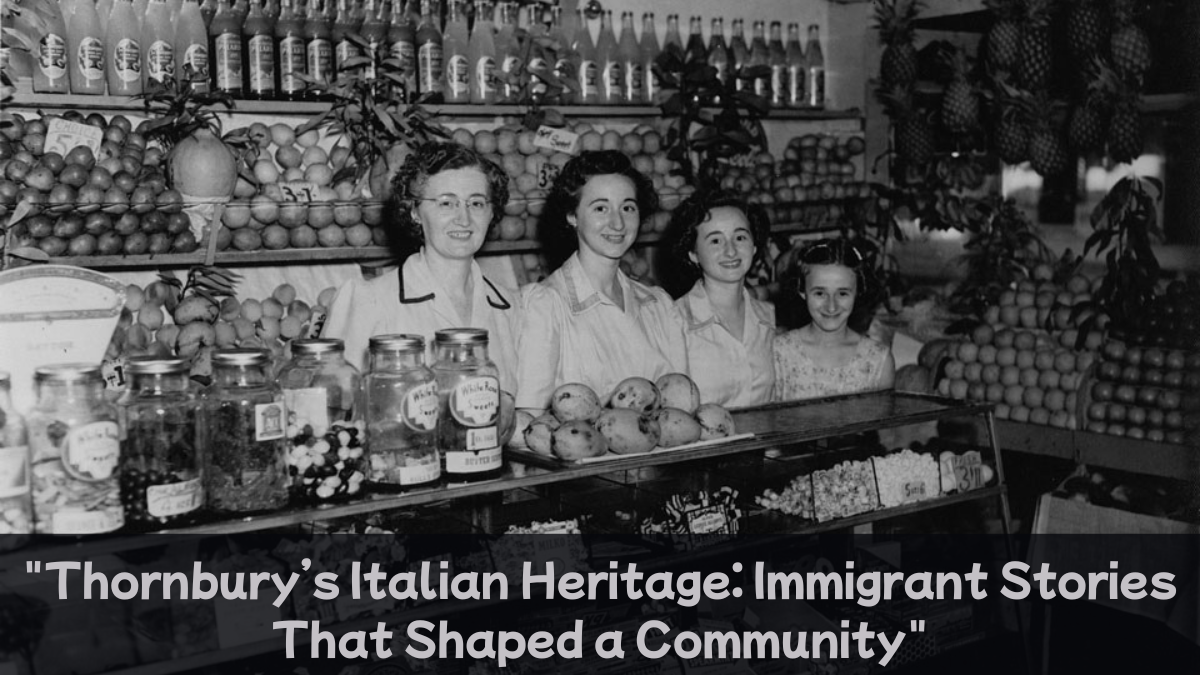When we think of Thornbury, north of Melbourne, it’s not just a suburb that comes to mind — it’s the heartbeat of a vibrant cultural history, with Italian migrant populations that have settled in since the 1950s. Thornbury’s streets, homes and community immigrant buildings still carry the flavour of Italian heritage. This article will tell you the stories of the people who transformed Thornbury into a vibrant community through their sweat, struggle and culture.
1957: A New Beginning
A huge wave of migration to Australia followed World War II. Thousands of people from Italy came here in search of a better life. In 1957, Thornbury became an area where Italian migrants not only found work, but also an environment where they could cherish their customs and culture.
This was a period when community organisations like the ‘Fogolâr’ club were founded — where Italian languages, music, dance and food came alive together.
Early struggles: Building a castle out of mud
Migrant life is never easy. Early Italian families who arrived in Thornbury faced challenges such as language, employment and social discrimination. Many worked as labourers in factories, while others toiled on construction sites.
Many migrant women worked as domestic help or sold food and clothing at local markets.
Yet, one thing was clear—these families did not give up. They continued to educate their children and gradually the Italian community in Thornbury grew stronger.
Furlan Club: A centre of culture
The heart of the Italian community in Thornbury beats in the Furlan Club. The club is not just a social centre, but an emotional place where people from generations come together, celebrate festivals, sing traditional music and share memories of their ancestors.
The existence of the Furlan Club is an example of how migrant communities have not only made a living, but also enriched Melbourne’s cultural diversity while preserving their identity.
Children’s Role: Bridges Between Cultures
The children who attended Thornbury schools in the 1950s and 60s became bridges between two cultures. On the one hand, there were traditional Italian values at home — family, religion, food and language; on the other, there was an Australian environment in school and society that they were being forced to adapt to.
These children not only embraced this dual identity, but they also nurtured it with pride.
Today, Thornbury has many businesses — cafes, bakeries, wine stores — run by second- and third-generation Italian-Australians. These businesses are symbols of cultural pride.
Bocce and festivals are a hit
Italian culture isn’t just about cuisine or language — it’s also reflected in their festivals, games and community. The game of bocce became very popular in Thornbury. The game was not just a source of entertainment, but a way to bring the community together.
In addition, Italian festivals such as the Festa della Repubblica, Ferragosto and Santa Lucia are celebrated with great pomp. Colourful parades, music, dance and traditional food have turned Thornbury into a cultural capital.
Food: A Taste That’s Identified
Walking down the streets of Thornbury, you can’t help but smell the aroma of pizza, pasta, prosciutto, olive oil and cappuccino. Italian food isn’t just a way to fill your stomach – it’s a heritage that has been a part of Thornbury for generations.
Local restaurants such as La Svolta or Nonna’s Kitchen are no longer just places to eat, but also places of community gathering. Every Italian recipe has a grandmother’s story, a memory, a sentiment hidden in it.
Contribution to society: From construction to politics
The Italian immigrants to Thornbury not only made cultural contributions, but also had a profound impact on the social and political structure of Australia. Many were elected to local councils, some achieved prominence in business, and some achieved remarkable success in education and health.
Their commitment has proven that immigrant communities not only endure, but can also shape society.
Thornbury today: a confluence of heritage and innovation
In 2025, Thornbury is a modern, diverse and culturally rich area. But its soul still lives in the stories of the Italian immigrants who shaped it.
The Furlan Club is now campaigning for heritage protection so that future generations can understand that Thornbury is not just a place, but a confluence of emotions, struggles and culture.
Conclusion: a community, a story, an inspiration
Thornbury’s Italian heritage is an inspiration — it shows us that when people embrace and share their identity, it enriches the whole society.
The seeds that were planted here in 1957 have today grown into sturdy trees – under whose shade diversity, cooperation and culture are flourishing.
